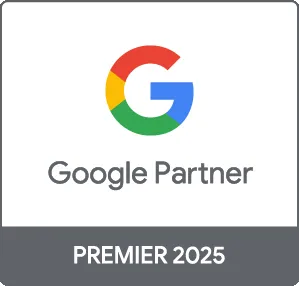Dynamic ads on Google are an efficient way to reach potential customers with highly relevant ads tailored to their interests and behaviors. By automating the ad creation process based on user activity, businesses can enhance their marketing efforts while maximizing conversion rates. In this guide, we'll cover what dynamic ads are, how they work, and best practices for leveraging them effectively.
What Are Dynamic Ads?
Dynamic ads automatically generate ad content and display it to users based on their online behavior, such as previous searches, website visits, and interests. Unlike traditional ads, which require manual setup, dynamic ads adapt content dynamically to match user preferences, thereby increasing the likelihood of engagement.
How Do Dynamic Ads Work?
Dynamic ads function through the following process:
- Data Collection: Google collects data regarding user interactions with your website or app, including products viewed, searches made, and other relevant activity.
- Product Feed: Businesses must provide Google with a product feed that includes details like titles, descriptions, prices, and images of products or services.
- Ad Generation: Based on this data, Google dynamically creates ads that show the most relevant products to users visiting the platform.
Benefits of Dynamic Ads
Dynamic ads offer several advantages for businesses looking to enhance their online advertising:
- Increased Relevance: Users receive ads tailored to their recent activities, making them more likely to engage.
- Efficiency: Save time by allowing Google to automate ad creation and management, optimizing time spent on strategic tasks.
- Better Performance: Studies suggest that dynamic ads can lead to higher click-through rates (CTR) and conversion rates compared to static ads.
Best Practices for Using Dynamic Ads
To maximize the effectiveness of dynamic ads, consider the following best practices:
- Maintain an Updated Product Feed: Ensure your product feed is accurate and up-to-date to reflect changes in stock, prices, and product details.
- Utilize Remarketing Lists: Target users who have previously interacted with your site to increase the effectiveness of your campaigns.
- Monitor Performance: Regularly check ad performance metrics to understand user behavior and optimize campaigns accordingly.
Conclusion
Dynamic ads on Google are a powerful tool for businesses seeking to enhance their online advertising efforts. By delivering tailored content based on user behavior, dynamic ads significantly improve engagement and conversion rates. At Prebo Digital, we understand the ins and outs of dynamic advertising and can help you implement effective strategies tailored to your business needs. Ready to optimize your advertising campaign with dynamic ads? Contact us today!





